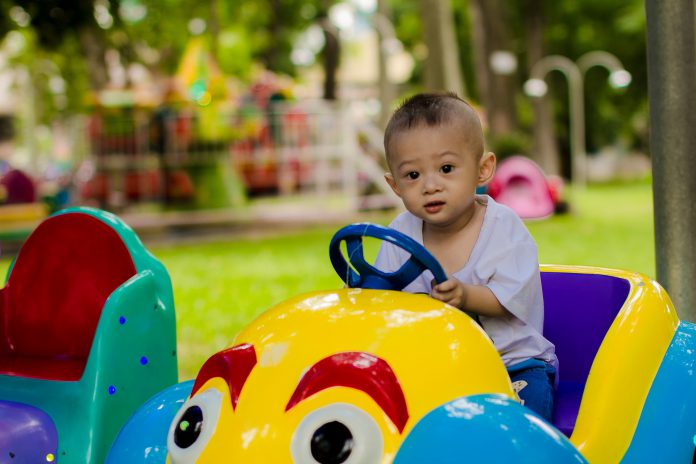In October 2018, the Senate of the Philippines approved Senate Bill No. 1971 or the Child Safety in Motor Vehicles Act. In February of this year, it was also approved by the House of Representatives as House Bill 6938. A consolidated version will now have to be prepared by the bicameral conference committee, and the final version will be ratified by both chambers before the president signs it as a law.
In the Philippines, only a small percentage of families with children actually use child restraints, unlike in countries like the US, where earlier versions of the law have already been implemented since the eighties. So before we’re all caught off-guard when this is finally signed as a law, here are the basics of what parents and guardians need to know about this bill.
The Facts
According to the World Health Organization (WHO), road traffic injuries are a leading cause of death around the world, with about 1.2 million people killed each year in road crashes and up to 50 million injured. At the same time, stats show that over 95% of these occur in low and middle-income countries such as Africa, Asia, Latin America, the Caribbean, and Eastern Europe. In the same research, WHO also explains that although seat-belts reduce the risk of injury during a crash, it is necessary for infants and children to have a child-restraint device that is ideal for their size and weight.
Senate Bill 1971
The bill aims to prevent traffic-related deaths and injuries among infants and children through safety measures and access to safe, appropriate, quality and affordable child restraint system. Within the scope of the Child Safety in Motor Vehicles Act are children who are aged 12 years old and below.
Mandatory Use of Child Restraint System in Privately-Owned Motor Vehicles
When implemented, it will be mandatory for children to be secured at all times in a child restraint system on any road, street, or highway. The child restraint system must be appropriate to the child’s age, height, and weight and approved by the Department of Trade and Industry (DTI)-defined standards that will also be based on related United Nations Regulations. There will be exceptions, however, such as during medical emergencies, wherein the use of the child restraint system would put the child in greater danger. In addition, the act also indicates that children must be accompanied at all times inside a motor vehicle.
The definitive Implementing Rules and Regulations (IRR) are yet to be defined by the Department of Transportation (DOTr) in collaboration with other related government offices, as of this writing. The bill also leaves it up to the DOTr to issue relevant rules and regulations on the use of child restraint systems in public motor vehicles like jeeps, buses, school buses, taxis, vans, etc.
Children in Rear Seats
In the same bill, children 12 years and below are prohibited from sitting in the front seat of a motor vehicle. The only exception would be for children of this age, with the height of at least 150 centimeters or 59 inches, who can properly fit into the regular seat belt in the front seat.
Penalties
Drivers who violate this act will be fined one thousand pesos (Php1,000) for the first offense, two thousand pesos (Php2,000) for the second offense, and five thousand pesos (Php5,000) plus one-year suspension of driver’s license for the third and succeeding offenses. There will also be corresponding penalties for the use of sub-standard and expired child restraint systems, as well as for the manufacture, distribution, and selling of child restraint systems that do not meet required safety standards.
While we wait…
If your child still does not have a car seat (or a child restraint system) in your vehicle, it is best to start familiarizing oneself with the different car seats in the market and determine which one is best for your child’s age, weight and height. Here’s a summary of the different weight and age categories of child restraints, according to the World Health Organization.
Infants under the age of 1 year
Group 0 or 0+
A rear-facing child restraint system or “infant car seat” provides the best protection for infants until 1 year old or at least 13 kg in weight
Children aged 1-4 years
Group I
For this age group, the best child restraint is the child safety seat, which has an integral harness that secures the child and spreads the crash forces over a wide area. This seat can be used until they are 18 kg in weight or until their height exceeds what the adjustable harness can cover.
Children aged 4-6 years
Group II
Booster seats are best used when a child has outgrown a safety seat. They are designed for weights from 15kg to 25kg.
Children aged 6-11 years
Group III
Booster cushions without backs are designed for weights from 22kg to 36kg
References: WHO
Join our MomCenter Community on our Facebook page and Facebook group for more insights on motherhood and parenting.





